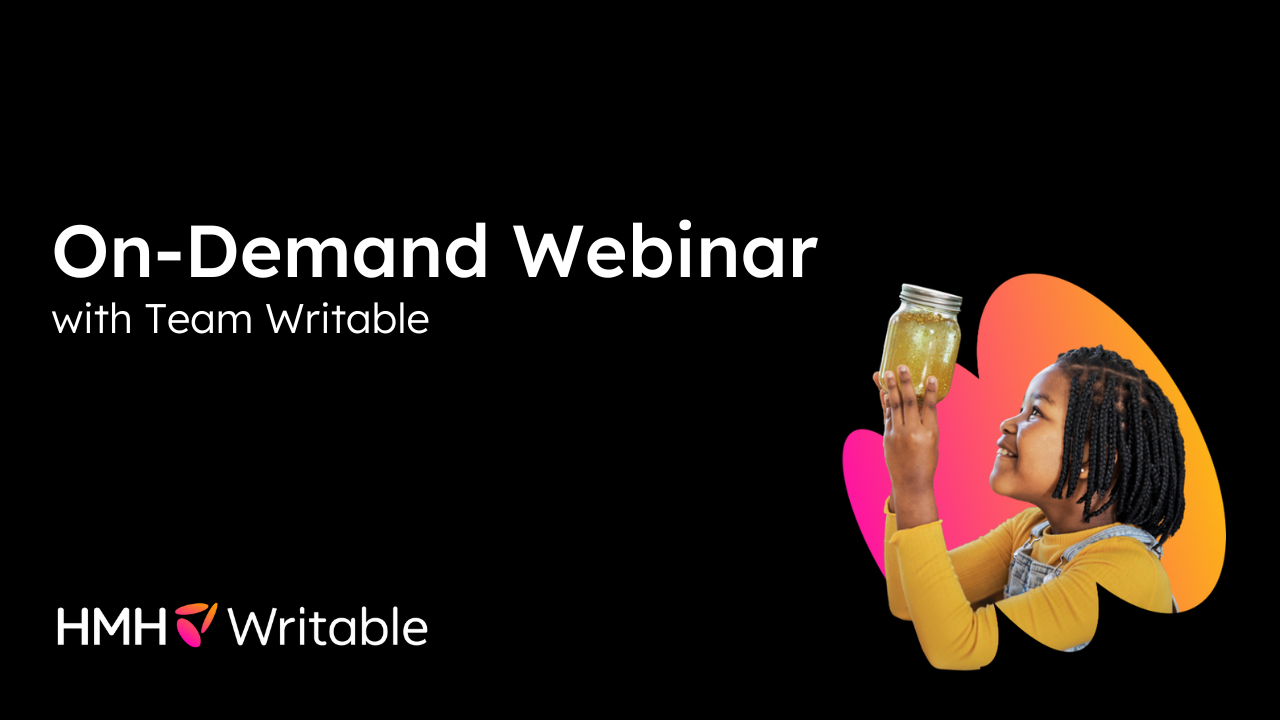This post was contributed by Greg Garner, former instruction coach, current designer, and advisor to Writable. Learn more on his blog and follow him @greggarner87.
At least once a day, I’ll look at my partner and say some variant of, “this is a weird time.” Stock portfolios are plummeting while anxiety is shooting through the roof. Schools and offices are closed and there are no definitive timelines for any return to normalcy. TV shows typically recorded in front of a live audience are canceling new episodes, which wouldn’t matter anyway because the news interrupts every few minutes with updates that continue to erode our confidence that things will get better. And did I mention that schools are closed?
Except they’re not. Not really.
The buildings may be closed, but many school districts are asking teachers to switch, in some cases overnight, to fully-remote learning modalities. Maybe you’re in this situation or maybe you’re anticipating that it’s about to happen to you. In either case, let’s acknowledge one thing up front: you’re not prepared for it. But can I let you in on a secret? Nobody is.
How could we be? There are entire universities that have spent years trying to figure out how to create excellent online-only courses. The results? It takes approximately 3 years to build and deliver a high-quality online course. If you’re fortunate, you’ve had about 3 days to plan. So let’s look at the first rule of building an online learning experience in the midst of a pandemic:
1. Be a human.
Go back and read the first paragraph, but this time read it as though you were one of your students. They’re feeling it too. What they need from you right now is not the world’s best online lesson. They need you to be a human. They need a connection. They need to feel seen, to feel heard. There are tons of tech tools out there (you’re still cleaning out your inbox, aren’t you?) but when you’re thinking about how to create a learning experience, start with Rule 1. Are your tools helping you to foster a connection with you, like using FlipGrid, Google Classroom, or video messages in Writable? With each other, perhaps through collaborative writing in Google Docs or Writable (or Google Docs embedded inside Writable)? Are you thinking about lesson planning in such a way that lesson objectives are in service to the relationships you’re maintaining or building?
There are plenty of ideas, guides, and resources to help you think through the logistics of running a class via Zoom or various ways to get students to work remotely and asynchronously, but if there’s one thing you need to know right now: it’s ok to just be a human. Give yourself a little grace. Give some to your students. Take a breath. Celebrate any chance you have to make a meaningful connection. If they learn something along the way, great. But let’s start with Rule 1.
![]()
Are you new to Writable or curious to learn more? Create a free teacher account, check out our pricing, schedule a personalized demo, or Join the Writable Educators Facebook Community.



